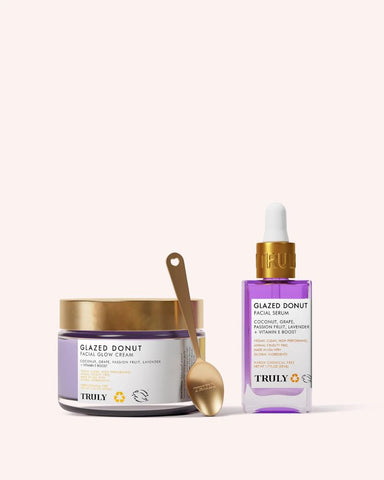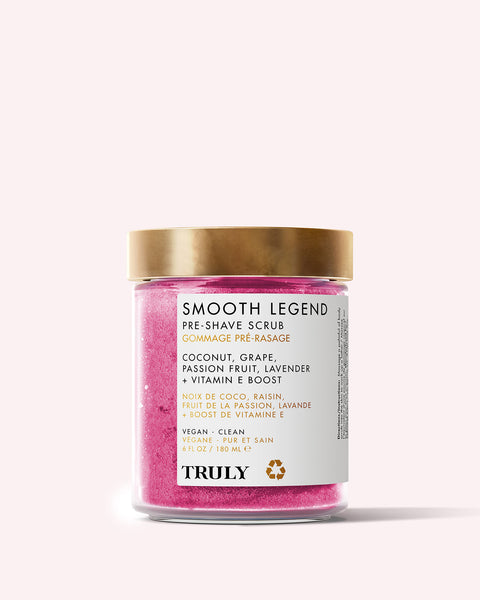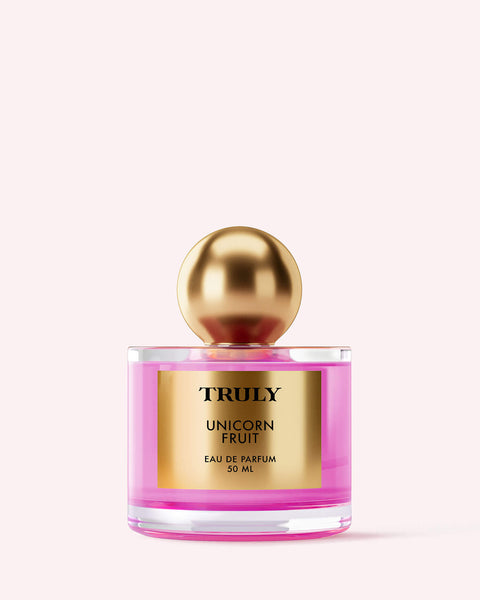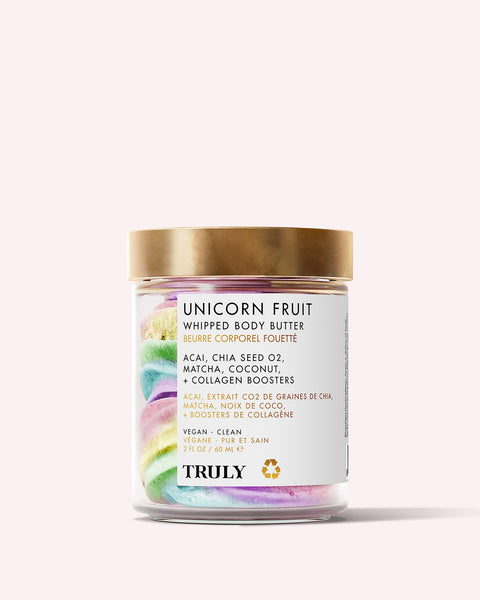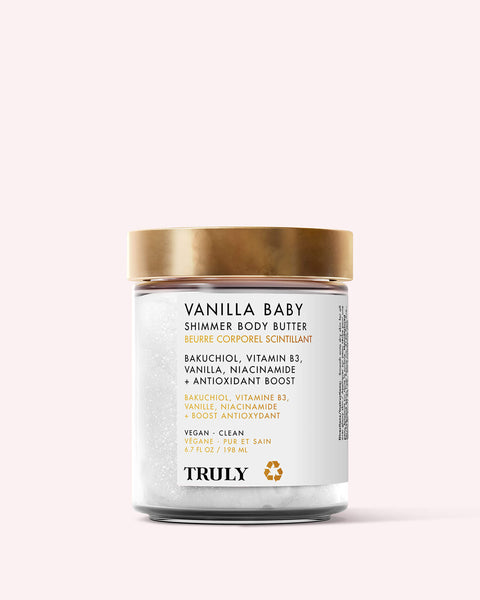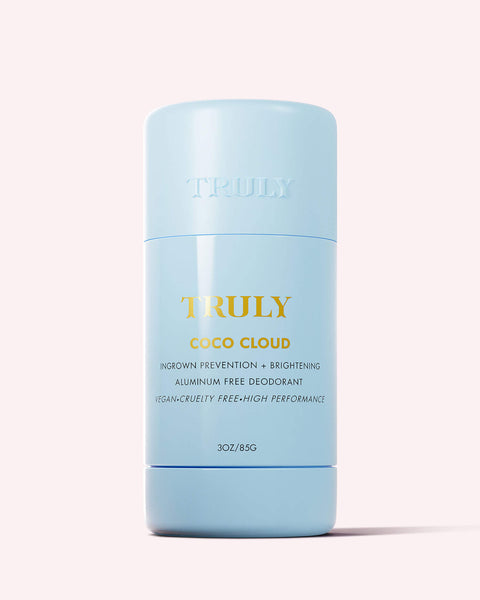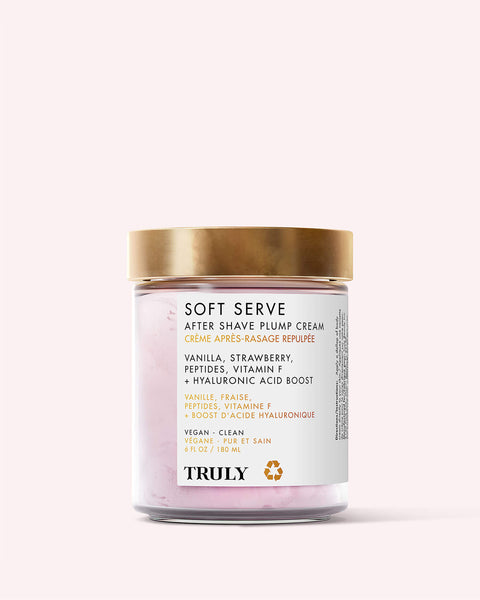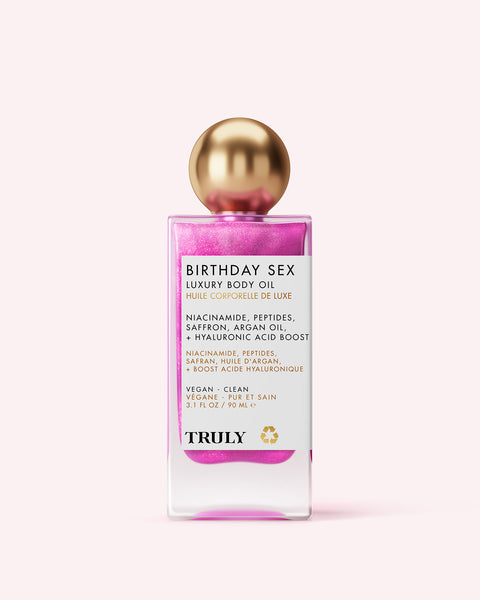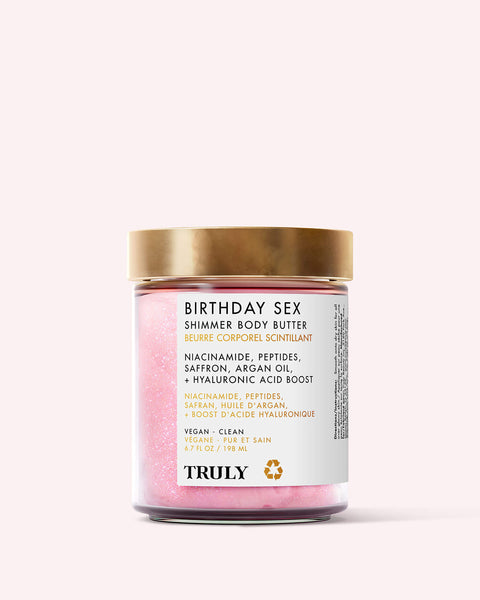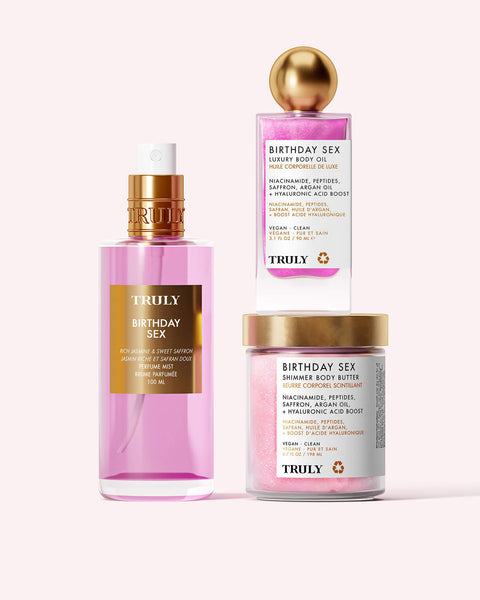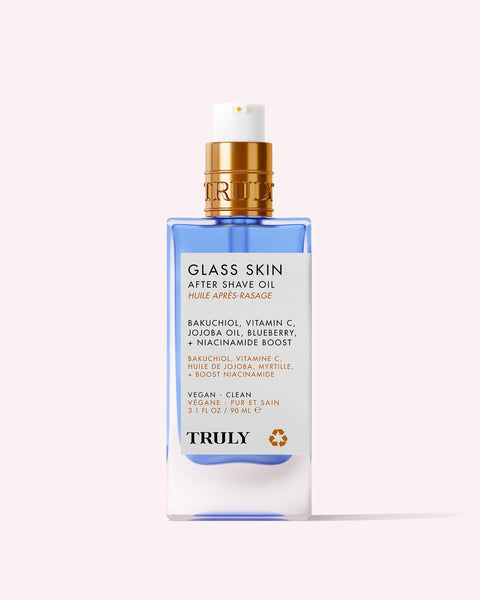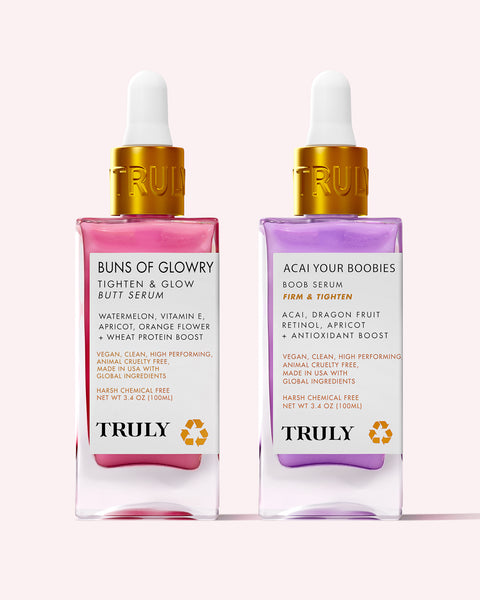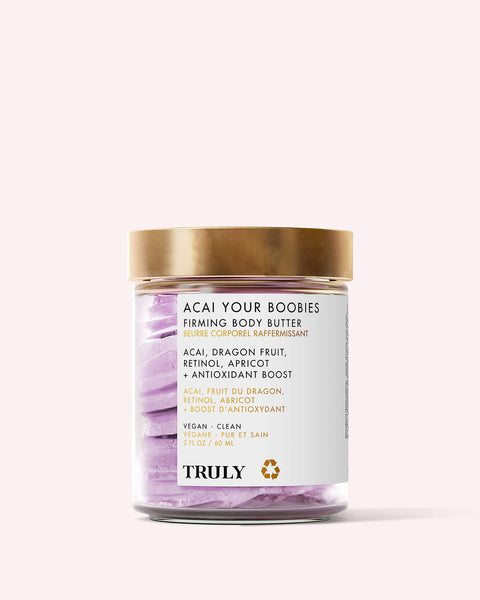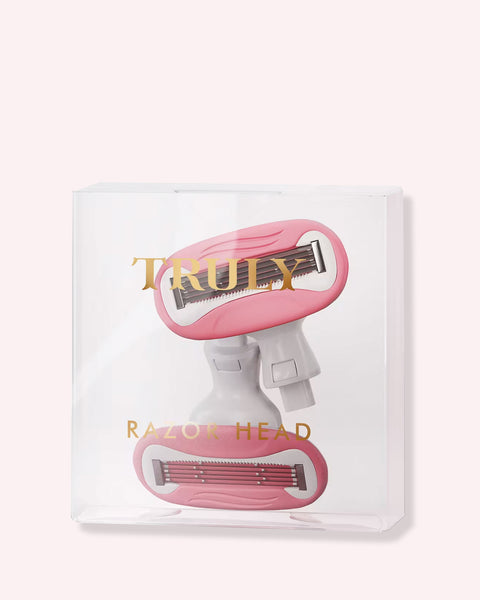Does Sunscreen Go Before Moisturizer?

Does sunscreen go before moisturizer? By now, you probably know the importance of sunscreen. To refresh your memory: Sun exposure can lead to skin damage, premature aging, and skin cancer. As essential as sun protection is for keeping your skin protected against UV rays, knowing when to apply sunscreen in your skincare routine is equally as vital to ensure you’re getting maximum protection.
What goes on first, moisturizer or sunscreen? Ahead, we give you a definitive answer on whether you should apply sunscreen before or after moisturizer. Plus, the best moisturizers to pair with your SPF.
Does Sunscreen Go Before Moisturizer?
As a rule of thumb, sunscreen should always be the final step in your skincare regimen. Start with cleanser and toner, then serums and moisturizers, and finally SPF. Since products with SPF are formulated with sun-protective ingredients, applying it after moisturiser will help block out harmful UV rays. Opt for SPF 30 or SPF 50 if you have super fair skin to ensure optimum UV protection, and apply it as the last step of your routine.
That being said, it does depend on the type of sunscreen you’re using. Physical sunscreens (also known as mineral sunscreen) create a barrier between the skin and sun rays by sitting on the top of the skin. Thus, they need to be applied last in your regimen—after moisturizer.
Chemical sunscreens, on the other hand, are made from chemically active ingredients. They need to be fully absorbed into the skin to provide UV protection. For that reason, chemicals sunscreen should be applied directly after cleansing, and before moisturizer.
How Long to Wait to Apply Sunscreen After Moisturizer?
Your moisturizer and sunscreen each play an important role in your skincare routine. The moisturizer stops loss of hydration from your skin, while sunscreen protects you from harmful UV rays. To ensure you’re getting the best out of both, allow a time gap of 15-20 minutes between the two products. This way, your moisturizer will be able to fully absorb and work its moisture-boosting effects, and your SPF will seamlessly sit on top as a shield from the sun for maximum protection.
Apply your sunscreen 20 minutes before sun exposure. For extra protection, wear a hat, sunglasses, and other protective clothing, and seek shade. Re-apply your sunscreen every two hours and after swimming and perspiring. Reapplication is essential for keeping skin protected against sunburn, sun damage, and premature skin aging (like fine lines, sun spots, and uneven skin tone).
Can You Mix Sunscreen With Moisturizer?
Mixing sunscreen with moisturizer sounds like a great way to multitask, but can you combine sunscreen and moisturizer? The simple answer is no. Mixing moisturizer and sunscreen dilutes the efficacy of the sunscreen. In other words, it doesn’t work as well and won’t provide your skin with the protection it needs.
However, there is a solution if you’re looking to multitask—moisturizer with SPF. This type of moisturizer is designed to both hydrate your skin and protect it from UV radiation. You’ll find facial moisturizers with SPF as well as body lotions with SPF. These skincare products are great for saving time while providing protection because they tackle two steps at once.
How to Choose the Best Sunscreen
There are two types of sunscreen: physical and chemical. According to the Skin Cancer Foundation, chemical sunscreens absorb UV rays before they can harm your skin while physical sunscreens block sun rays before they penetrate your skin.
The bottle should usually display what type of formula it is. If not, you can tell by the ingredients. Physical sunscreens include minerals such as titanium dioxide and zinc oxide, while chemical formulas often contain avobenzone and octisalate.
When it comes to choosing the best for your skin, it depends on your skin type and your personal preferences. Always choose a broad spectrum sunscreen with SPF 30 or higher. If you have oily skin or acne-prone skin, choose an oil-free, non-comedogenic formula that won’t clog your pores or increase shine. Chemical formulas are your best option as they’re typically lighter on the skin. For those with dry skin or sensitive skin, choose a physical formula as these tend to be less irritating.
What Skincare Ingredients Pair Best With SPF?
Choosing the right moisturize before sunscreen can make your sun protection go that much further. To get the most out of your sunscreen, it’s best to layer it with a moisturizer full of the right ingredients. So, what are the right ingredients to look for?
First up, vitamin C. Research shows that combining vitamin C and SPF can prevent long-term pigmentation from sun damage while helping to reduce and repair any damage caused by UV rays. Vitamin E is another good one. Rich in antioxidants, vitamin E protects skin from environmental stressors and aggressors, which is why it pairs perfectly with sunscreen.
Hyaluronic acid and niacinamide are also great for layering with sunscreen. A potent humectant, hyaluronic acid draws moisture into the skin, keeping it hydrated. Meanwhile, niacinamide offers hydrating benefits as well as soothing effects to calm redness and irritation. Together, they help support overall skin health.
What’s the Best Moisturizer Before Sunscreen?
Now you know the answer to does sunscreen go before moisturizer let’s take a look at which moisturizer you should use. Ideally, you want a moisturizer that perfectly complements your sunscreen. That means looking for a product packed with antioxidants for extra protection and hydrating ingredients to keep the skin barrier strong. Here are some of our fave formulas we recommend using before sunscreen.
Truly’s Glazed Donut Skin Set
SHOP NOW
Double the protection of your daily SPF with this dewy skin duo. Packed with antioxidant-rich passion fruit, vitamin E, and grapeseed oil, this face serum and cream drench skin in moisture while protecting against free radical damage that leads to premature signs of aging.
Truly’s Vegan Collagen Booster Anti-Aging Body Cream
SHOP NOW
Make your broad spectrum SPF work twice as hard with this skin plumping body moisturizer. With its vitamin C content, a potent antioxidant, it adds an extra layer of protection against UV damage—and ultimately fine lines, wrinkles, and hyperpigmentation. At the same time, it helps to combat skin aging with its powerhouse blend of retinol, vitamin C, and plant collagen booster.
Truly’s Glazed Donut After Shave Glow Cream
SHOP NOW
Get soft, glossy-but-not-greasy skin with this glazed donut goodie. With its blend of hyaluronic acid and niacinamide, this moisturizer coats skin in hydration while soothing irritation, leaving skin smooth, supple, and glowing all over.
Sunscreen Before or After Moisturizer?
Does sunscreen go before or after moisturizer? According to dermatologists, sunscreen should be the last step in your skincare routine—after toners, topical treatments, serums, and moisturizers.
Sunscreen works best when applied over other skincare products in your daily routine. It’s like a protective coating that blocks the sun’s rays before they get to your skin. And you want to make sure nothing—like your serums or moisturizers—interferes with it.
That being said, you should apply chemical sunscreen first—before moisturizer—as its active ingredients need to be fully absorbed into skin to provide UV protection. Physical sunscreens, conversely, need to be applied last as they need to sit on the outermost layer of your skin in order to shield against UVA and UVB rays.
Photo by Mikhail Nilov, Pexels



